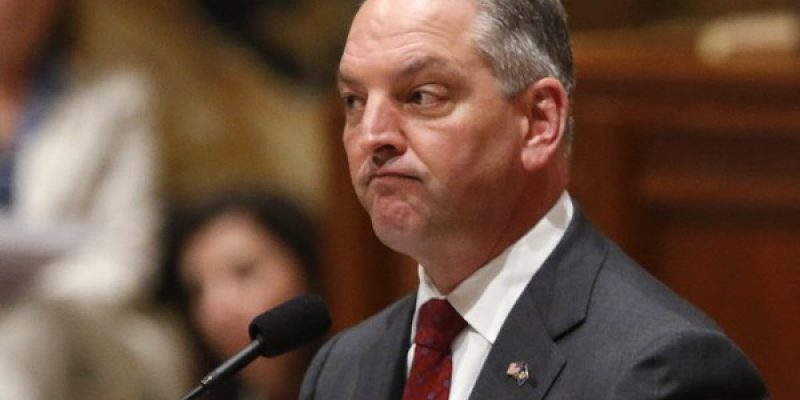A reason Democrat Gov. John Bel Edwards’ re-election chances, according to early voting totals, have started to slip away is an understandable lower enthusiasm in the black community for him.
Not only did early voting data for the Oct. 12 election show that Republicans disproportionately participated relative to Democrats, so did whites relative to blacks. Across the ten most recent statewide elections spanning 2014-18, on average 8.51 percent of whites and 7.06 percent of blacks voted early. For early voting concluding last weekend, the numbers respectively were 14.35 and 10.18, with the gap going from a past mean of 1.45 to this election’s 4.17.
Historically across the ten elections, come election day the ratio of early to election day votes for whites has been 4.62 and for blacks 4.8, meaning to a small degree that whites disproportionately use early voting compared to blacks, so that ameliorates somewhat the impact of early voting in carrying through to election day results. Consider also that the historic overall turnout gap has been about 5 percent higher turnout for whites, or about 3.5 times higher than that for early voting.
Using those metrics would produce an unrealistic 15 percent or so gap for 10/12/19, but a look at past elections in the range of this year’s 2.85:1 white/black early turnout proves instructive. The 7.12 total gap registered in exactly the same election four years ago came with an early voting gap of 3.12 percent with a ratio of 2.67:1. The only election with a larger ratio in early voting was the 2016 runoff with an early voting gap of 2.28 and ratio of 3.03:1 where whites outdistanced blacks in eventual turnout by almost 6.5 percent.
What this tells us is the gap this Saturday will be higher than recent norms and could eclipse the 2016 general election high of 9.43 (on likely much higher turnout). More to the point, of the three similar contests with similar recent past turnouts – the 2014 Senate runoff and the 2015 statewide contests – the white/black total turnout ratio by percent was 1.12:1 and average gap was 4.47. With an average early turnout ratio by percent of 1.21:1, this year’s 1.41:1 implies an eventual ratio of 1.23:1 and gap of around 8.75 percent.
With overall turnout in the range of 40-45 percent, that puts Edwards at a disadvantage; even pollsters are starting to catch on and are reporting adjusted results from their samples accordingly. But to reverse this it’s not like he can point to any great economic accomplishments to spur black turnout; quite the opposite.
Advertisement
While the country as a whole has seen black unemployment fall last month to 5.5 percent, its lowest since statistics measuring it began decades ago and dropping over 2 percentage points since Republican Pres. Donald Trump took office, as of the first quarter of this year it remained above 13 percent in Louisiana, with only Mississippi having a higher mark. Median household income through 2018 for blacks has risen substantially, nearly $5,000, since bottoming out in 2013 during the slow-growth Democrat Pres. Barack Obama era. In the 50 largest black-populated metropolitan area, it grew in 49 of them. Further, in the 20 largest such cities, in 19 the proportion of blacks between 25 and 54 in age employed rose significantly over this period.
Care to guess who are the exceptions? Baton Rouge was the only of the 50 largest not to see income growth, and New Orleans was the only of the 20 largest that didn’t see a significantly higher proportion of blacks between 25 and 54 working.
Edwards can point to Medicaid expansion as extending a welfare benefit disproportionately to blacks. He just hopes that his support of sale tax increases which cost blacks disproportionately more of their incomes goes unnoticed.
With such an unhelpful record for the concerns of Louisiana’s black citizenry, it’s no wonder blacks appear less than fired up about hiring Edwards for another four years.
Advertisement
Advertisement

